Inverted/Upright Sprinklers Set Series Suppliers
The Inverted/Upright Set Series is a flexible irrigation solution designed for different installation scenarios. This series of products offers two installation options, inverted and upright, and is suitable for greenhouses, orchards and other areas that require top or bottom water spraying. Whether hung upside down over crops to provide gentle coverage, or sprayed directly from the ground, efficient and even moisture distribution is achieved. Inverted sprinklers are usually used to reduce water droplet contact with plant leaves and reduce the risk of disease, while upright sprinklers are suitable for regular ground spraying. The design of this series of products focuses on water saving and ease of operation. It provides adjustable water spray angle and range to meet a variety of irrigation needs, while ensuring flexible installation and convenient maintenance of the system.
INVERTED/UPRIGHT SET SERIES
-
1. What kind of punching capacity can meet the needs of thick paper and cardboard? When processing thick paper and cardboard, the capacity of the hole punch directly determines wor...
READ MORE -
Spraying Coverage Needs Precision: How to Achieve Adjustable and Uniform Irrigation? For courtyard owners with different planting areas and plant types, the flexibility of spraying...
READ MORE -
Mid Range Irrigation Sprinkler are widely used in gardens, small farms, and green belts, balancing coverage area and water efficiency. To select a model that ensures uniform wateri...
READ MORE -
Uniform water distribution is the lifeline of crop growth—too little water stunts development, while too much leads to root rot or nutrient leaching. Agricultural plastic sprinkler...
READ MORE -
In home gardening, potted plants, and small-scale outdoor green spaces, the Adjustable Dripper With Stake has become a popular irrigation tool. It delivers water directly to the ro...
READ MORE
What Hidden Dangers Exist When Mixing Inverted and Upright Sprinklers?
In agricultural and landscape irrigation, the choice between inverted and upright sprinklers is often dictated by terrain, crop type, and water efficiency goals. However, a growing trend of mixing these two systems without professional guidance has raised alarms among irrigation specialists.
Why Mixing Sprinkler Types Poses Risks
Pressure Imbalance and Water Distribution Inconsistencies
Inverted sprinklers operate under lower pressure for targeted root-zone watering, while upright systems require higher pressure for broad coverage. Combining them strains pumps and pipelines, leading to uneven watering.
Component Wear and Premature Failure
The mechanical stress from conflicting pressure requirements accelerates wear on valves, filters, and nozzles. Upright sprinklers in high-pressure zones may leak or fracture when paired with inverted systems calibrated for gentler flows.
Reduced Water Efficiency and Sustainability
Modern irrigation systems prioritize water conservation, but mismatched sprinklers waste resources. For example, inverted heads in turfgrass—where upright sprayers are standard—can oversaturate soil while failing to cover edges adequately.
The Role of Professional Design and Standardization
Ningbo Dewo Irrigation emphasizes that system design must align with ISO and ASABE standards. Their R&D team advocates for zone-specific layouts: inverted sprinklers for delicate crops or sloped terrain, upright units for open fields.
Located near Ningbo and Shanghai ports, Dewo Irrigation leverages its 20 years of manufacturing experience to produce customizable, corrosion-resistant sprinklers. Their testing data reveals that standardized systems last 30% longer than improvised hybrids. The company also offers retrofitting services to realign mismatched setups.
While innovation drives irrigation technology, mixing sprinkler types without technical oversight risks equipment damage, resource waste, and subpar yields. As drought conditions intensify globally, adhering to engineered solutions from certified manufacturers like Dewo Irrigation ensures reliability and sustainability.


 Search for...
Search for... English
English Español
Español 中文简体
中文简体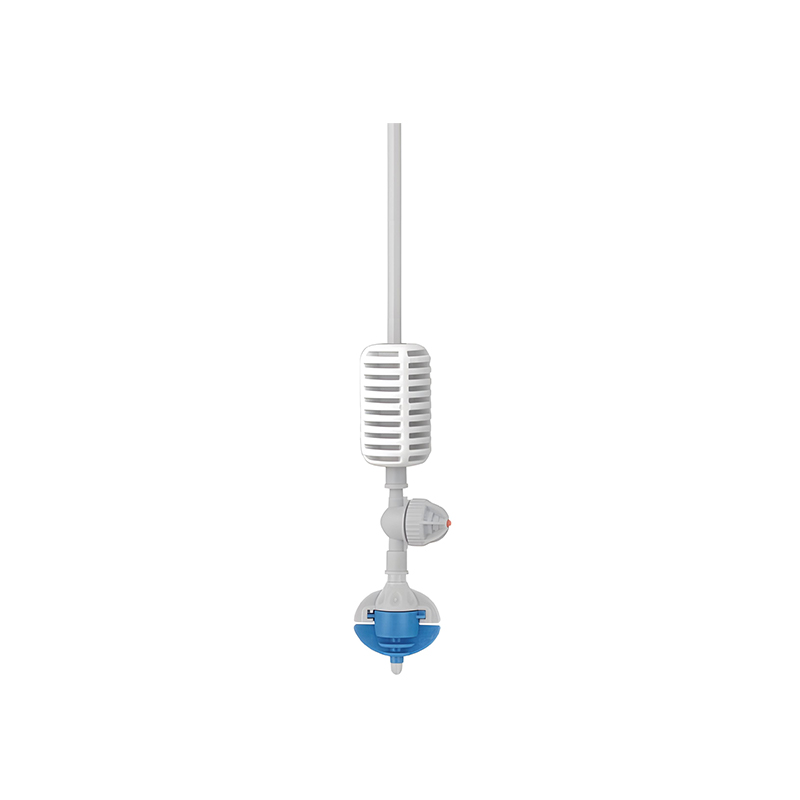
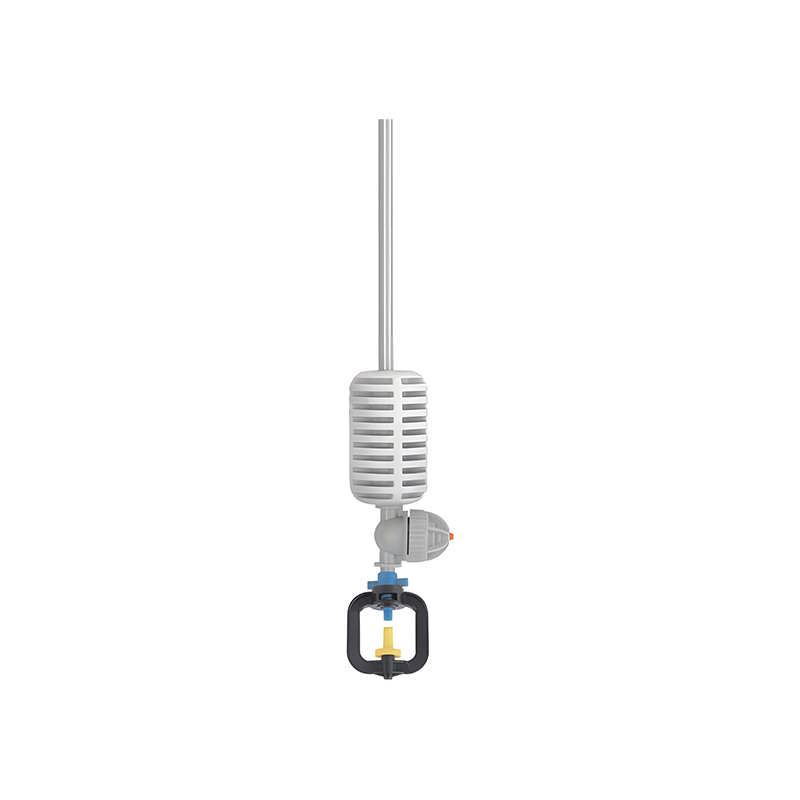
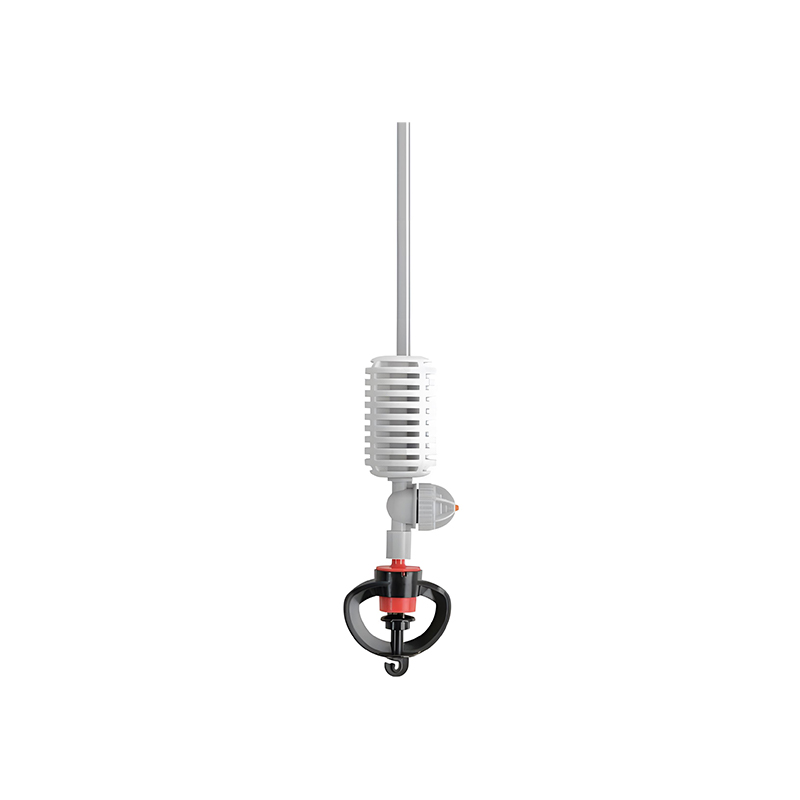
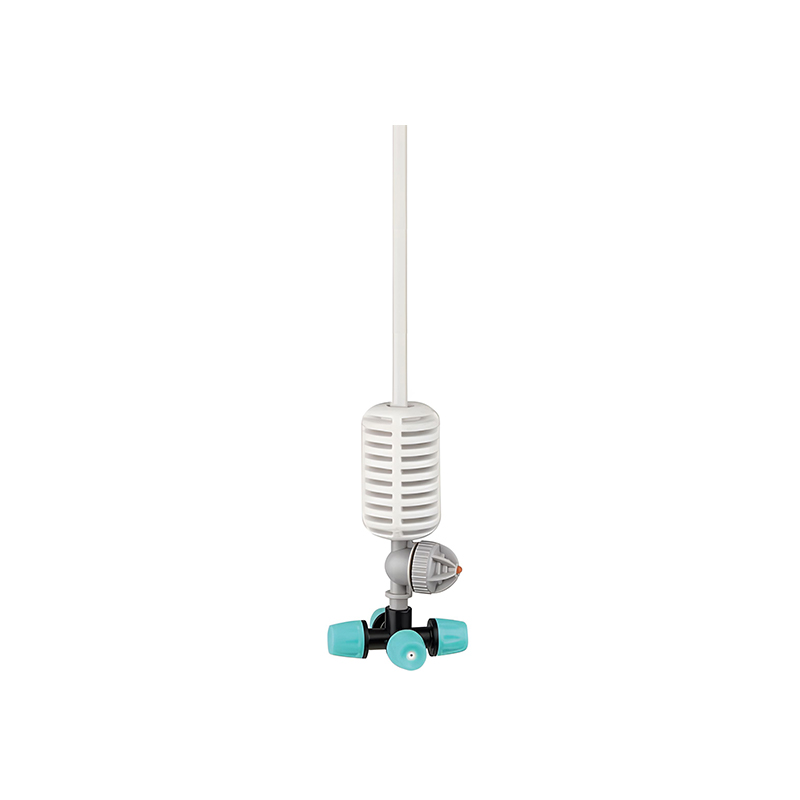
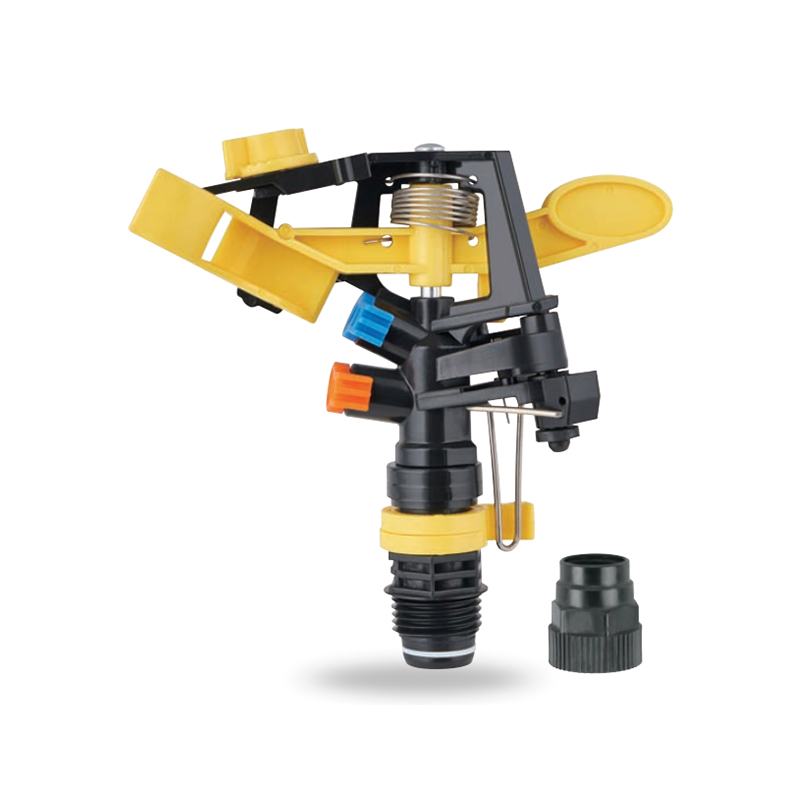
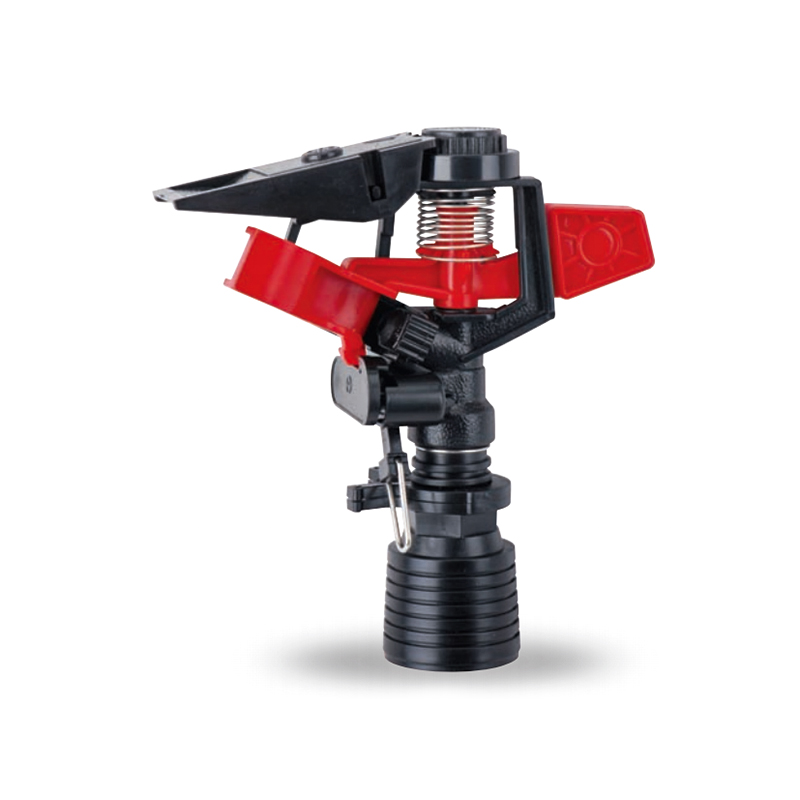
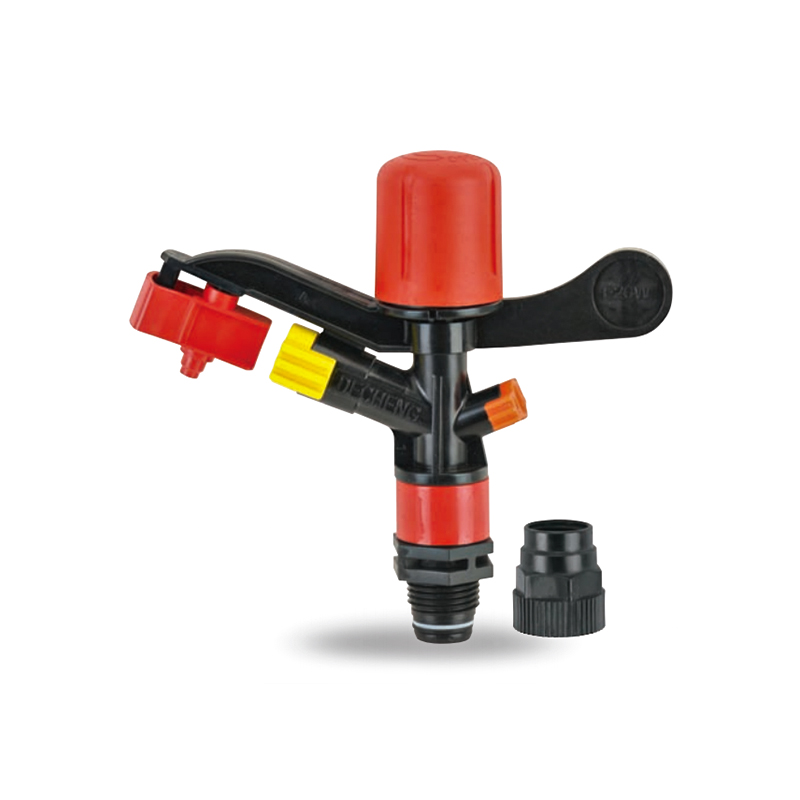
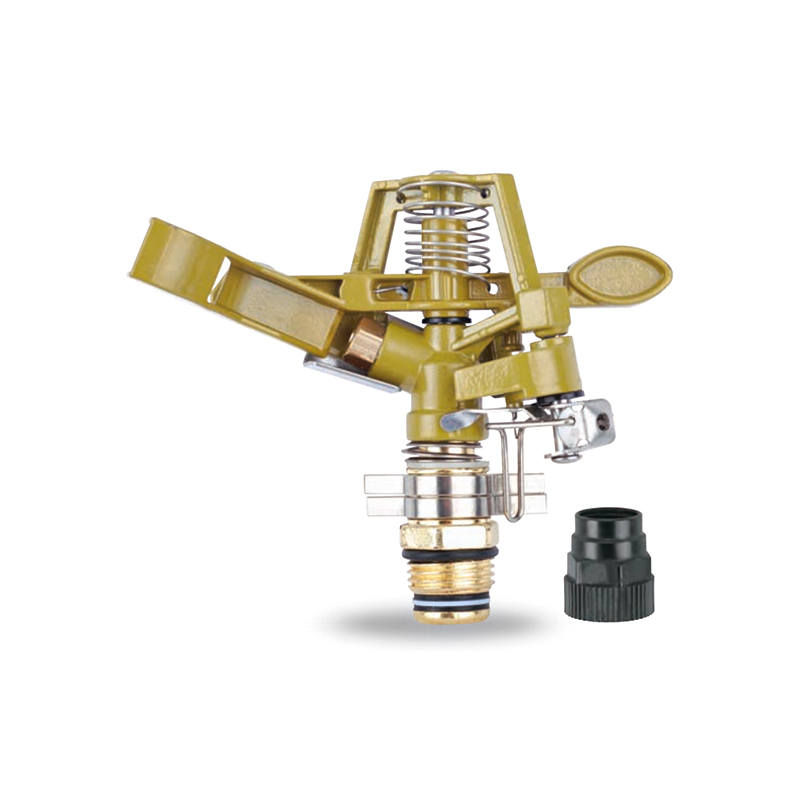
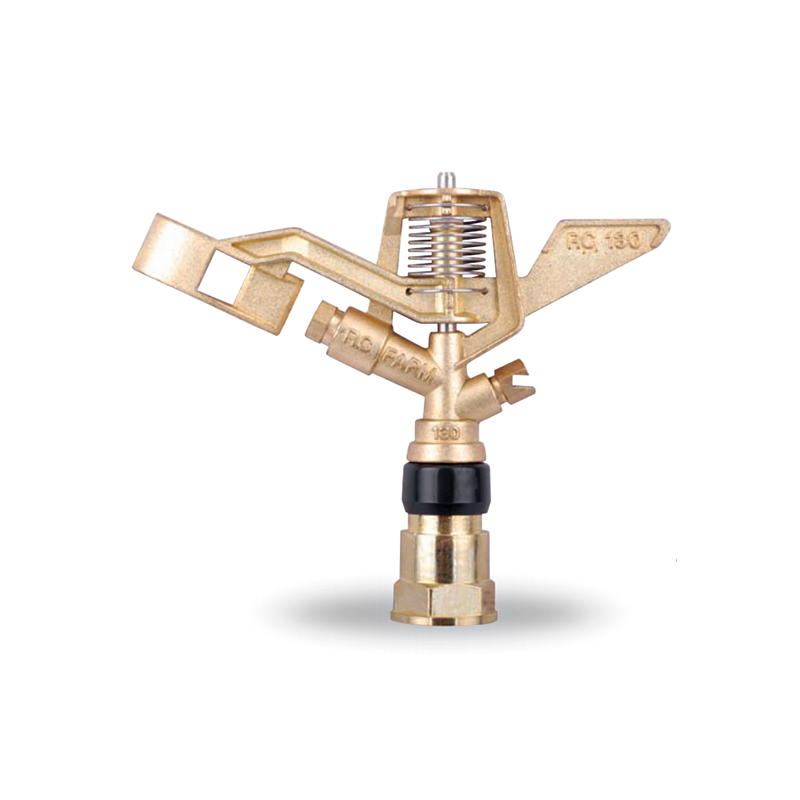
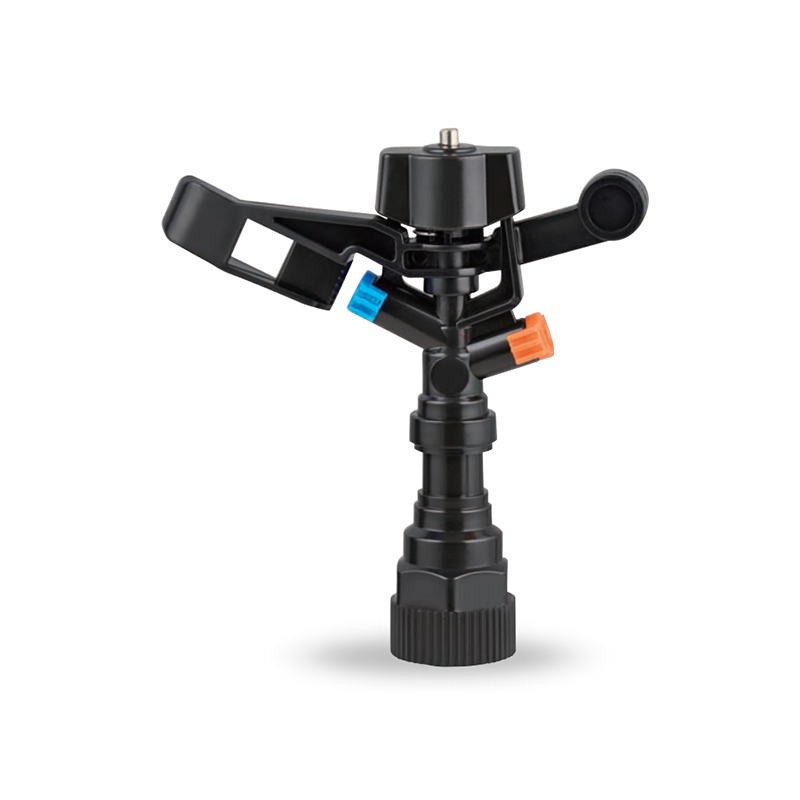



 No.518, Ruihao Road, Lizhou Street, Yuyao City, Zhejiang Province, China
No.518, Ruihao Road, Lizhou Street, Yuyao City, Zhejiang Province, China +86-13105554615 / +86-18005843886
+86-13105554615 / +86-18005843886 decheng@dcssq.com fredzhu@dcssq.com
decheng@dcssq.com fredzhu@dcssq.com

